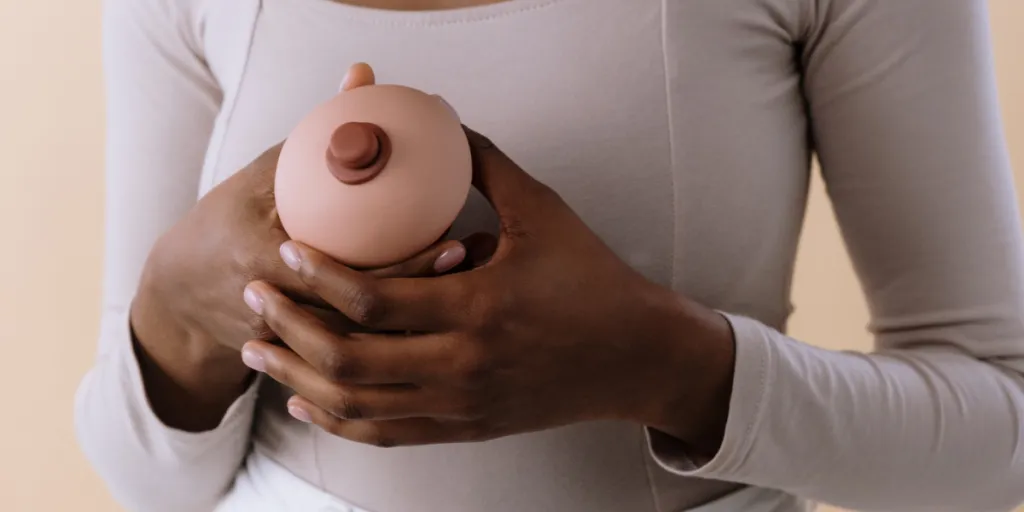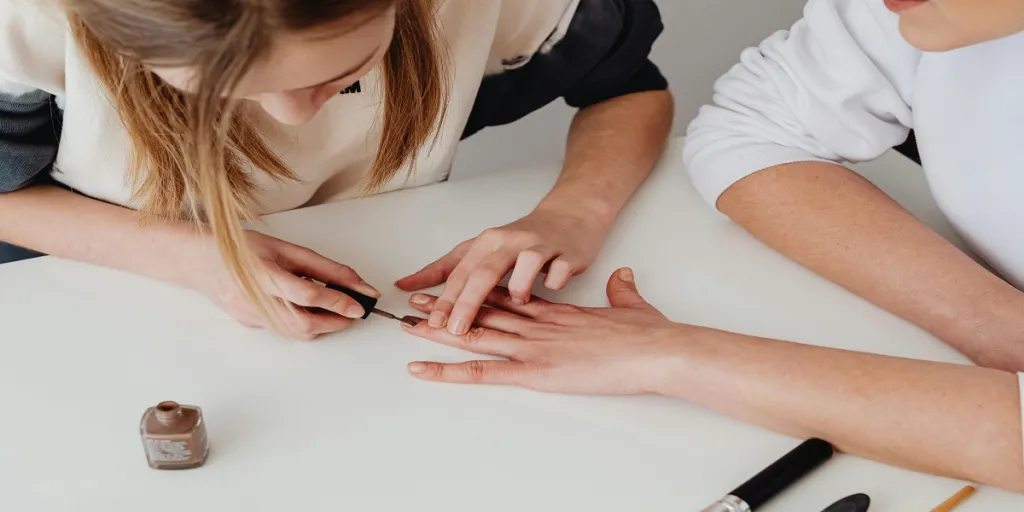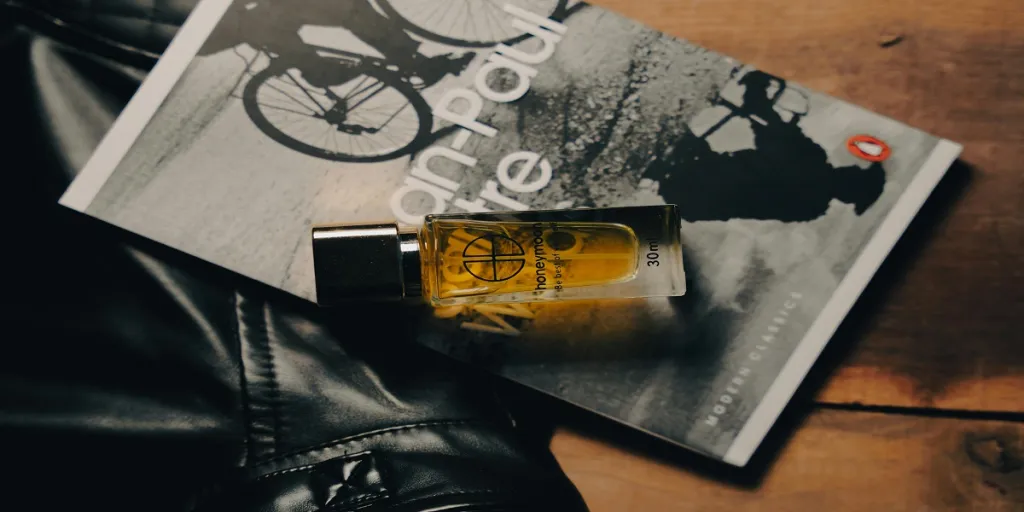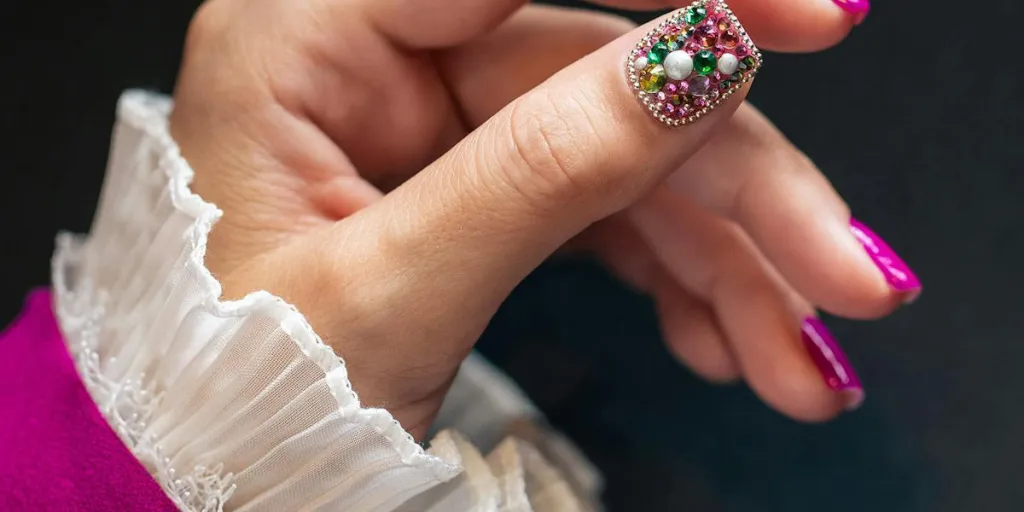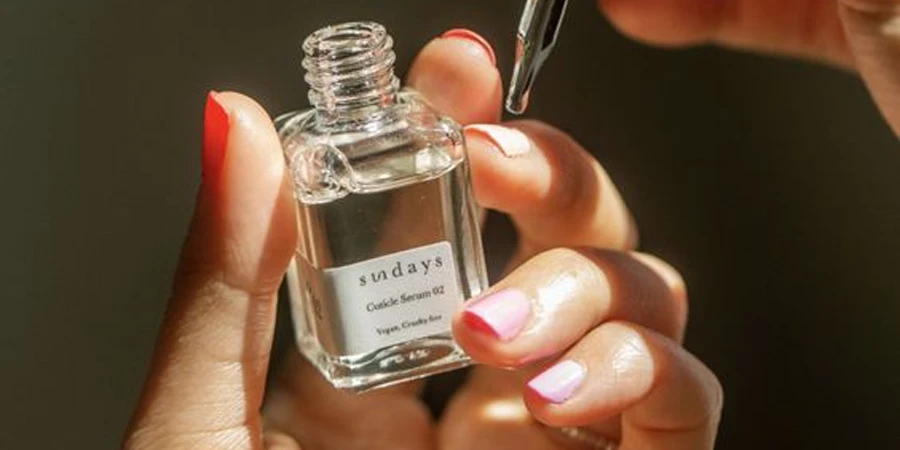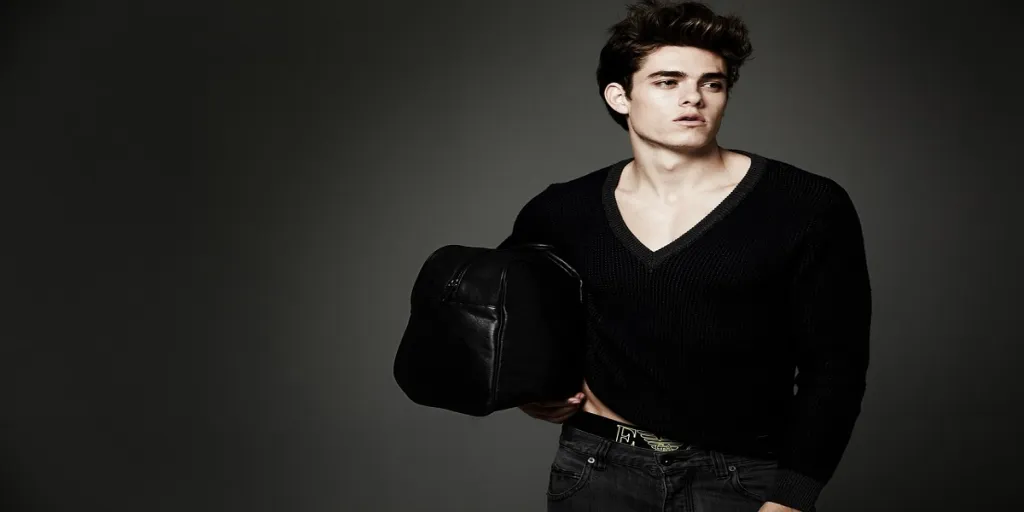Breast cancer surgery is the first part of a woman’s healing journey. Whether they’ve experienced a double/single mastectomy or a lumpectomy, these women seek to regain their body confidence. However, not everyone can go through breast reconstruction surgery—but thankfully, other choices exist, like breast forms.
In fact, breast cancer survivors are not the only ones who need these products, they are also popular with anyone looking to add shape to their chest area. This article will therefore dive into everything retailers must know before entering the breast form market, offering key tips to make sure one selects the best options for 2024.
Table of Contents
Breast forms: what are they and who are they for?
An overview of the breast form market
Everything sellers must know before buying breast forms
Final words
Breast forms: what are they and who are they for?
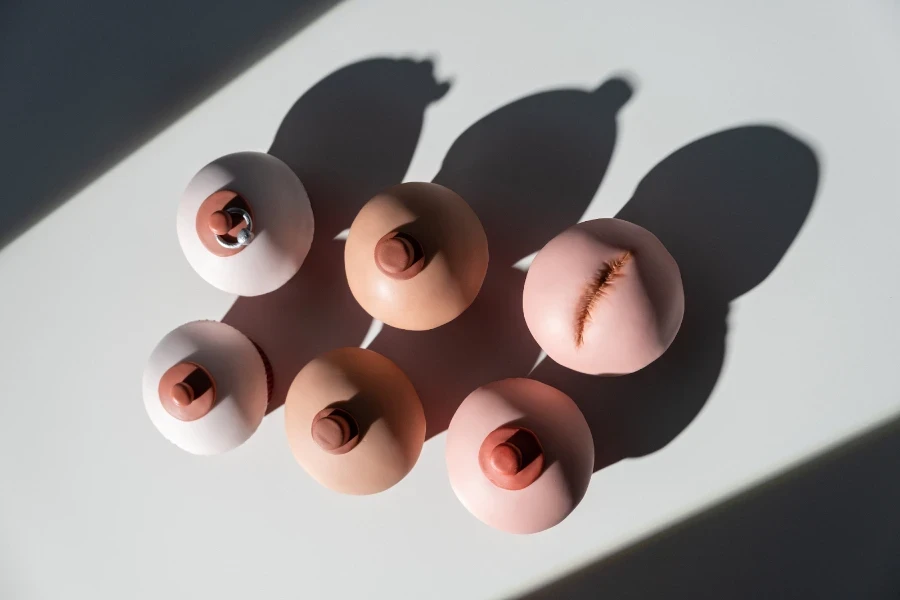
Breast forms are bust enhancement solutions that allow consumers to enlarge one or both breasts without any invasive cosmetic surgery. Some people also call them breast prostheses.
These products are popular among breast cancer survivors who go through a single or double mastectomy. While most healthcare services offer reconstructive breast surgery with the breast removal procedure, only a select few can handle the aftercare costs and effects.
For this reason, many of these women prefer going flat and using the more affordable breast form to regain confidence. However, some other individuals also have reasons for using breast forms.
A survey from the American Society of Plastic Surgeons showed that breast augmentation has been among the top five cosmetic procedures since 2006. This proves a lot of women worry about their bust shape and size.
But since everyone can’t afford such procedures, breast forms are an incredible alternative that satisfies their needs. Such consumers could hope to fill out a particular outfit—as long as it involves increasing the bust, breast forms can handle it.
An overview of the breast form market
According to reports, the breast form market’s size will boost from US$ 161.18 million in 2022 to US$ 312.93 million by 2030. Research also suggests the market will register an 8.11% compound annual growth rate (CAGR) over the forecast period.
Here are some key market statistics to note:
- The increasing incidence of breast cancer is a significant driver for this market.
- Technological advancements related to breast forms are also boosting market growth.
- The growing awareness and acceptance of other breast reconstruction options is another significant market driver.
- Silicone breast forms are the leading market in the product type segment.
- North America is the dominant region in the breast form market.
- Experts predict Asia-Pacific will register significant growth during the forecast period.
Everything sellers must know before buying breast forms
Type
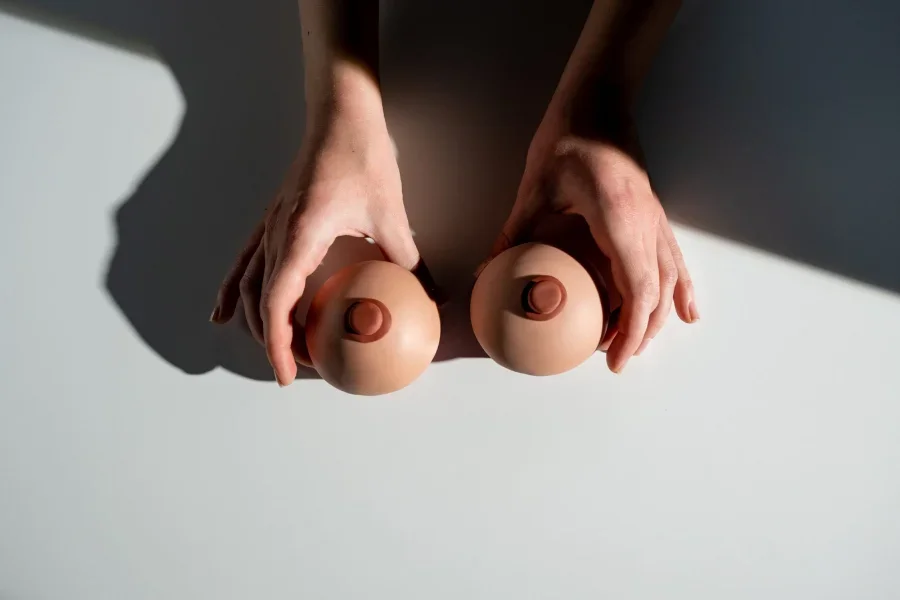
The breast form market offers up to four variants. Each offers something different, with the choice depending on the consumer’s preference. Here’s a brief overview of each breast form type.
Full form
Full breast forms are the standard for consumers without or with minimal breast tissues, including those with removed breast tissues or natural flat chests.
Manufacturers design full forms to sit against the chest wall’s skin, making them feel more natural. The best part is that this type offers various backing options and matches the user’s skin tone.
Partial form
This type is ideal for anyone who wants more padding on one (or both) side or has part of their breast tissues removed. They’re similar to full breast forms material-wise. However, consumers wear them with support garments, not on the skin.
Shell form
Shell forms are for women with noticeable asymmetrical natural breast tissues. This breast form helps these women by sitting over the smaller breasts like a cap.
It features a soft shell that covers the smaller breast, giving it the same volume as its twin. Women also wear shell forms with bras.
Stick-on form
These forms are perfect for active women—or those willing to rock outfits that require less supportive bras. True to their name, these breast forms come with adhesive backings that stick to the user’s skin like glue.
Stick-on forms will stay on regardless of the activity. Consumers can dance around in a strapless dress or hit the gym without worrying about the prostheses falling off.
Shape

Like natural breasts, these products come in multiple shapes. Nevertheless, some shapes can work on both sides while others can’t without feeling and looking off.
Here are some of the most common breast form shapes:
| Breast form shape | Description |
| Oval or triangular | These forms are symmetrical, allowing consumers to interchange them easily. |
| Teardrop | These forms are perfect for breasts with less tissue above the nipple and fuller on the bottom. Women can wear teardrop forms on either side. |
| Uneven (Asymmetrical) | These forms help fill in tissue that may have been removed during surgery. Asymmetrical forms are not interchangeable as manufacturers design them for the right or left side. |
Material
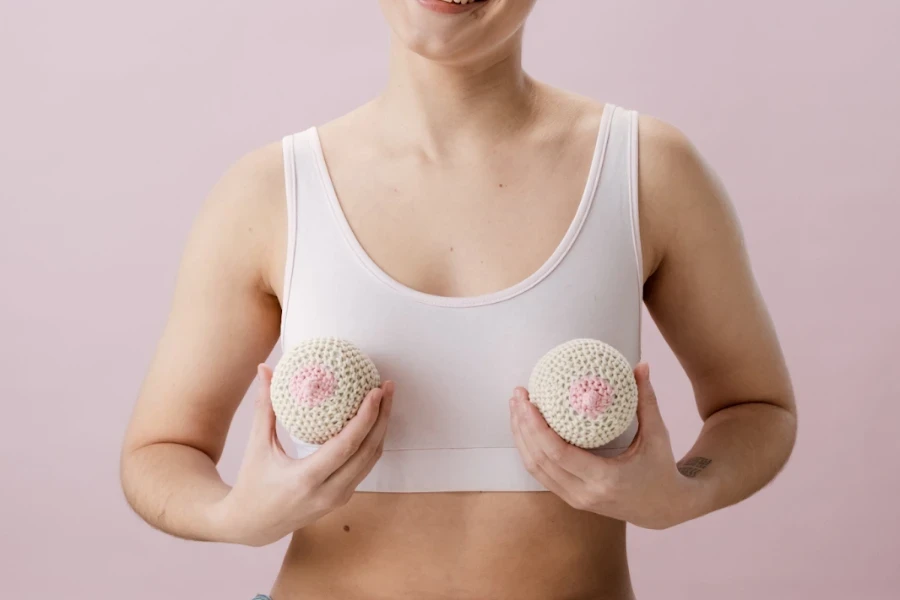
Usually, breast forms fall under three material categories: silicone, leisure, and custom-made. Let’s take a closer look at each one.
Silicone forms
Silicone breast forms are the classic options. They usually have enough weight to replicate the feel of natural breasts.
Further, these weighted forms can help avoid unwanted posture changes after breast removal. Hence, if consumers need only one form, they can match the weight with the remaining breast to aid overall balance.
Leisure forms
Basically, these forms are variants void of silicone. The most common materials under this category include:
- Fiberfill
- Foam
- Polyester fiberfill
- Beads
Leisure forms are lighter than the classic silicone, making them cooler and more comfortable. They’re also the go-to for consumers with fresh scars from surgery.
Note: leisure foam can also be weighted or unweighted.
Custom-made forms
Custom-made forms (which can feature any material) are the perfect options for most consumers, whether they have mastectomy scars or naturally flat chests. These breast forms hug the body’s curves and grooves naturally.
Ease of use
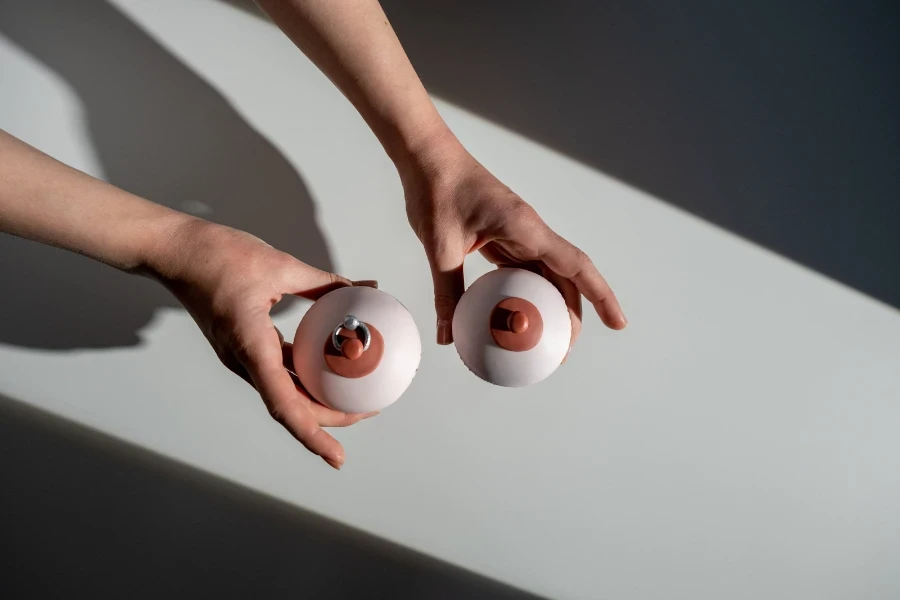
Breast forms come in different types ranging from variants that stick to the skin, fit into bras, and garment pockets.
Manufacturers make breast-form bras with the necessary pockets. And the best part is these pockets are often enough to host different form sizes, allowing consumers to make easy swaps.
Conversely, most silicone breast forms have designs that adhere directly to the skin. However, consumers can use additional adhesives if required.
Final words
Losing breast tissues to cancer should not be the end of a woman’s confidence. Many options exist to help them simulate the feel and weight of their natural breasts, preventing negative side effects like phantom limbs and changed postures.
Ladies with asymmetrical breasts also see breast forms as an amazing alternative to reconstruction surgeries. Retailers can therefore use the factors discussed in this guide to make sure they are stocking the best options for their buyers in 2024!
